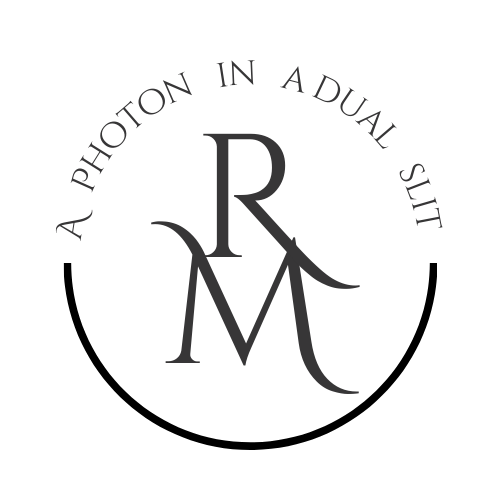Introduction
 |
| Post Traumatic Stress Disorder |
Post-Traumatic
Stress Disorder (PTSD) can be elaborated as a serious, but often a chronic
situation to pronounced stressful situations. Post-Traumatic stress disorder
(PTSD) has a wide range of behaviors and symptoms that are originated when one
is exposed to some serious traumatic event that induces a threat to another or
oneself. Some serious stressors most likely, natural disasters, combat, or
related event can be the reason for exposure to Posttraumatic stress disorder
Posttraumatic
stress disorder PSTD is a widespread and enervating psychiatric syndrome. It
can cause numerous functional disturbances in multiple domains. It has a
complex etiology and manifestation that makes it hard to diagnose and define
the conditions and symptoms.
As per DSM-IV,
PSTD symptoms are subcategorized into three events: re-experiencing the trauma,
numbing/ avoiding, and hyperarousal. The results of this PSTD hypothesis are
validated in the DSM-IV.
Several decades
of study and research improved our diagnosis and refined our knowledge. The
latest study in this regard suggests more symptoms and broad clusters. In the
latest edition of DSM-V PSTD is categorized into 4 clusters and 20 symptoms.
These four clusters are: active, avoidance, bleak alterations in mood and
cognition, and there are marked alterations in reactivity and arousal. It made
the diagnosis easy in a way that now the diagnostic requirements are squeezed
to any stressors exposure which is empowered with a minimum of one symptom of
intrusion, one symptom of avoidance, at least two anti-alterations in mood and
cognition symptoms, and at least two turbulence symptoms in reactivity and
arousal. If this diagnosis lasts for a minimum of one month, and functional
impairment is also seen then the diagnosis is confirmed. The previous studies
had a thin line between anxiety disorder and PSTD but this new DSM-V shifted
from the stress disorder category to a new group of stressor-related and trauma-related
disorders that defines cognition alternation of post-traumatic stress disorder
After the
proposed new criteria Miller and his colleagues
The severity of PTSD is strongly felt among
the clinicians over the past few years, that if PTSD is not treated well in
time, it may result in disturbed life patterns, depression, and mortality.
Though many effective treatments are devised over a period based on the bio-psychosocial
model, even then it is strongly felt among psychologists and psychiatrists that
PTSD needs to be recognized more effectively. Assessing accurately
posttraumatic stress disorder is the prime and foremost step in addressing the
burden of mental health that patients experience. Over the period it is also
realized that for self-assessment there is a need for a short version of the self-rating
assessment scale.
This paper is
about the development of The National Stressful Event Service Short Scale
NSESSS (Post-traumatic stress disorder). The National Stressful Event
Service Short Scale NSESSS (Post-traumatic stress disorder) proposed a brief
self-reporting measurement scale of nine items. Moreover, the scale validation
was carried out in a line on individuals exposed to trauma and strong
psychometric properties and efficacy were observed. The present study and
research aim to evaluate the sound psychometric properties of the NSESSS
(PTSD).
Bibliography
al, J. W. (2014). Risk of post-traumatic stress
disorder following traumatic events in a community sample. pubmed.gov.
al, M. e. (2018). Posttraumatic stress disorder:
from diagnosis to prevention. Military medical research, 32.
al, M. J. (2011). Classification of trauma and
stressor-related disorders in DSM-5. Wiley online library.
BO Rothbaum, D. B. (2013). A factor analysis of
posttraumatic stress disorder symptoms using data pooled from two venlafaxine
extended‐release clinical trials. Wiley Online library.
Kilpatrick, D. (2013). National Stressful Events
Survey PTSD ShortScale(NSESSS-PTSD). American psycology assosiation.
Lori A. Zoellner Ph.D., B. O. (2011). PTSD not an
anxiety disorder? DSM committee proposal turns back the hands of time. Wiley
online library.
Miller, M. W. (2013). The prevalance and latent
structure of proposed DSM 5 posttraumatic stress disorder symptoms in US
National and veteran samples. American Psycology association.





0 Comments